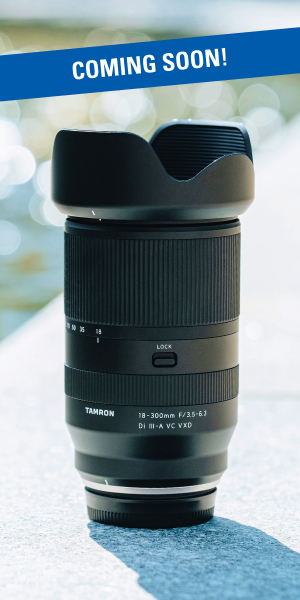Photography is more than just snapping a picture—it’s about storytelling and capturing moments that connect deeply with viewers. In this post, you’ll find 5 key photojournalism tips from renowned photojournalist Rick Gerrity, who has mastered the art of visual storytelling.
On a recent trip to Beals, Maine, Gerrity spent time with Glenn Beal, a lobsterman with deep ties to the sea and town, and a direct descendant of Manwarren Beal, the founder of Beals.
With a population of about 500, Beals has a long history in the lobstering industry, which has shaped its economy and culture for generations. Through these photojournalism tips, you’ll learn how to capture the essence of small-town life and document compelling real-world stories.
Rick caught Glenn in his element while in Beals. Here he shares his best tips for photographers who want to improve their photojournalism skills.
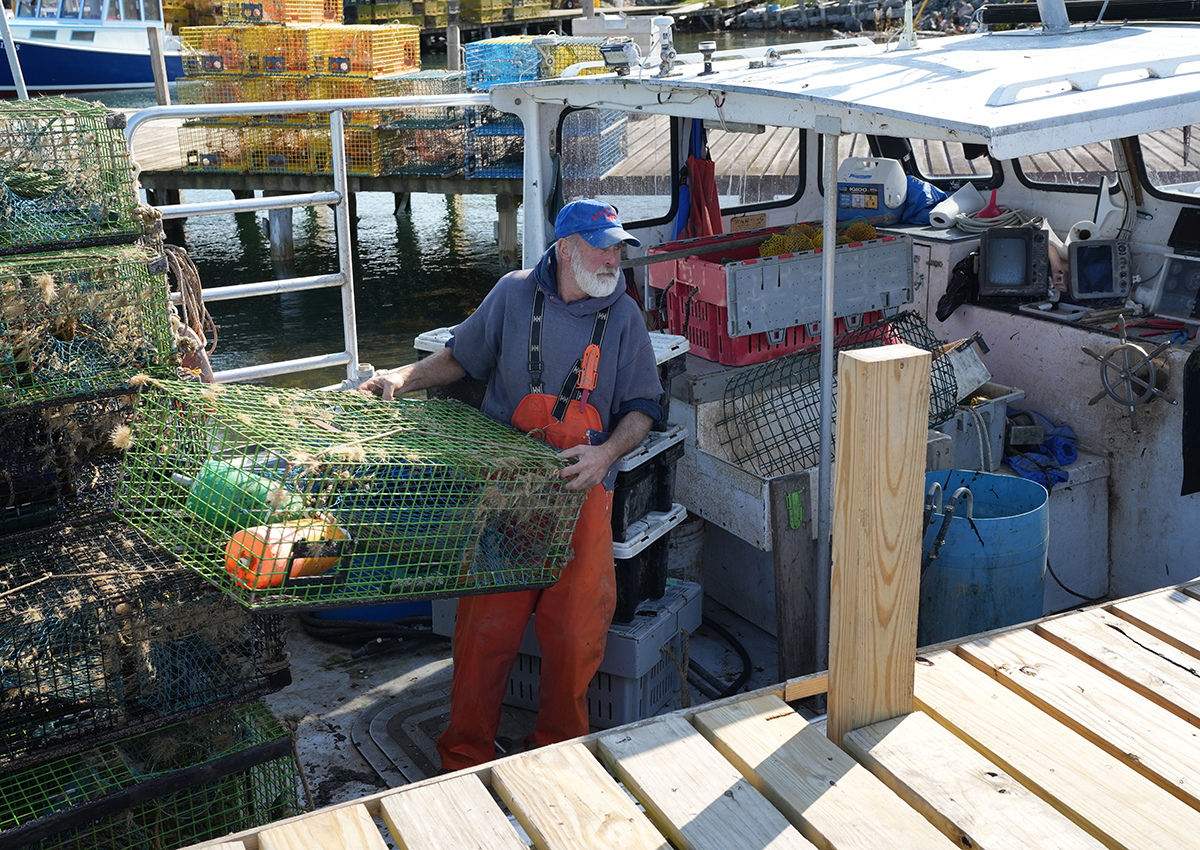
Five Essential Tips for Photojournalism
TIP 1: Always Look for Dramatic Light
Light is the essence of photography. It has the power to transform an ordinary scene into something breathtaking. Gerrity emphasizes the importance of dramatic lighting, highlighting the interplay between highlights and shadows to create compelling images.
While photographing Glenn Beal aboard his lobster boat, Gerrity faced the challenge of constantly shifting light. “I was holding on and shooting one-handed, just waiting for the right light,” he recalls.
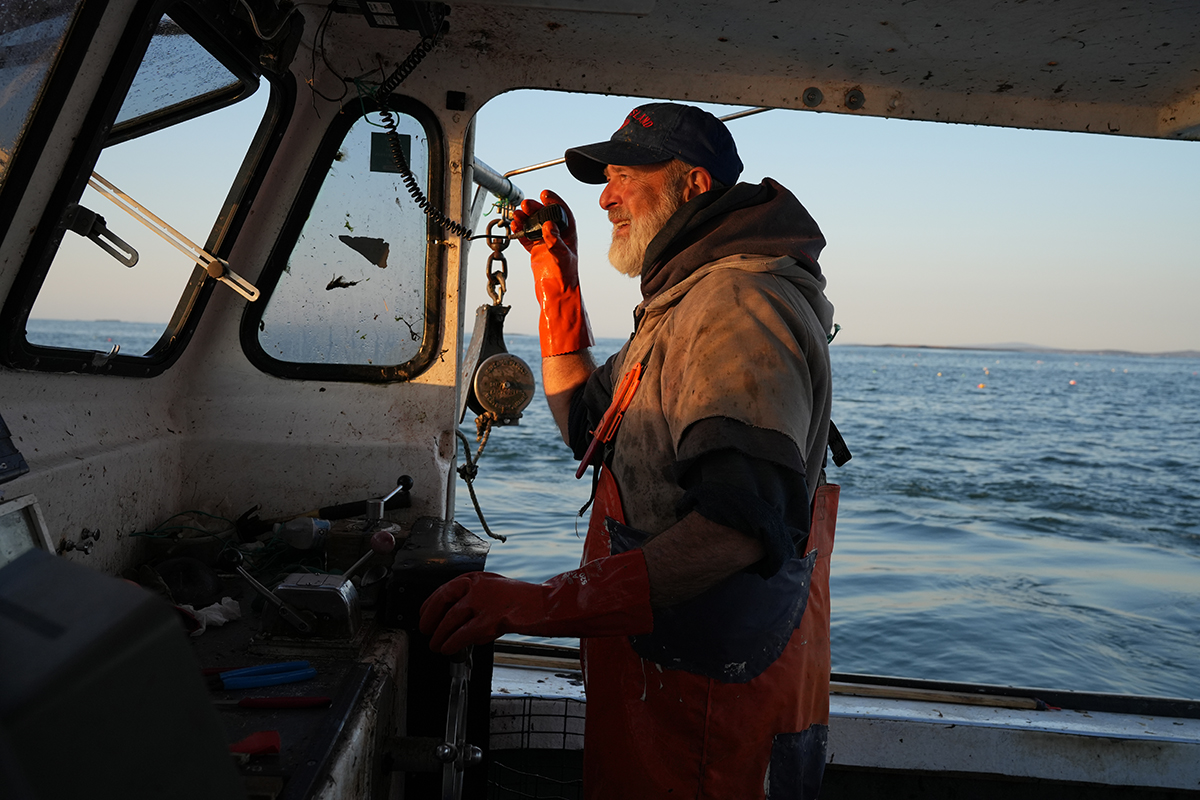
The result? A striking image shows Beal talking on the marine radio bathed in golden sunlight. The light highlights the rugged textures of his face and the weathered details of the boat.
This photojournalism tip is a reminder to be patient and observant. Early mornings and late afternoons often provide the most dramatic light, with long shadows and rich hues. By positioning your subject thoughtfully and waiting for the right moment, you can create an image that feels alive.
TIP 2: Keep the Background Simple and Pertinent
“The background should complement, not compete with, your subject,” Gerrity advises. In a world where distractions are everywhere, a cluttered background can dilute the impact of your photograph.
While documenting Beal’s daily routine, Gerrity framed shots carefully. At a wide-angle focal length he included elements that added context but did not overwhelm the composition. A simple backdrop of lobster traps and buoys, for example, told the story of Beal’s livelihood while keeping the focus squarely on him.
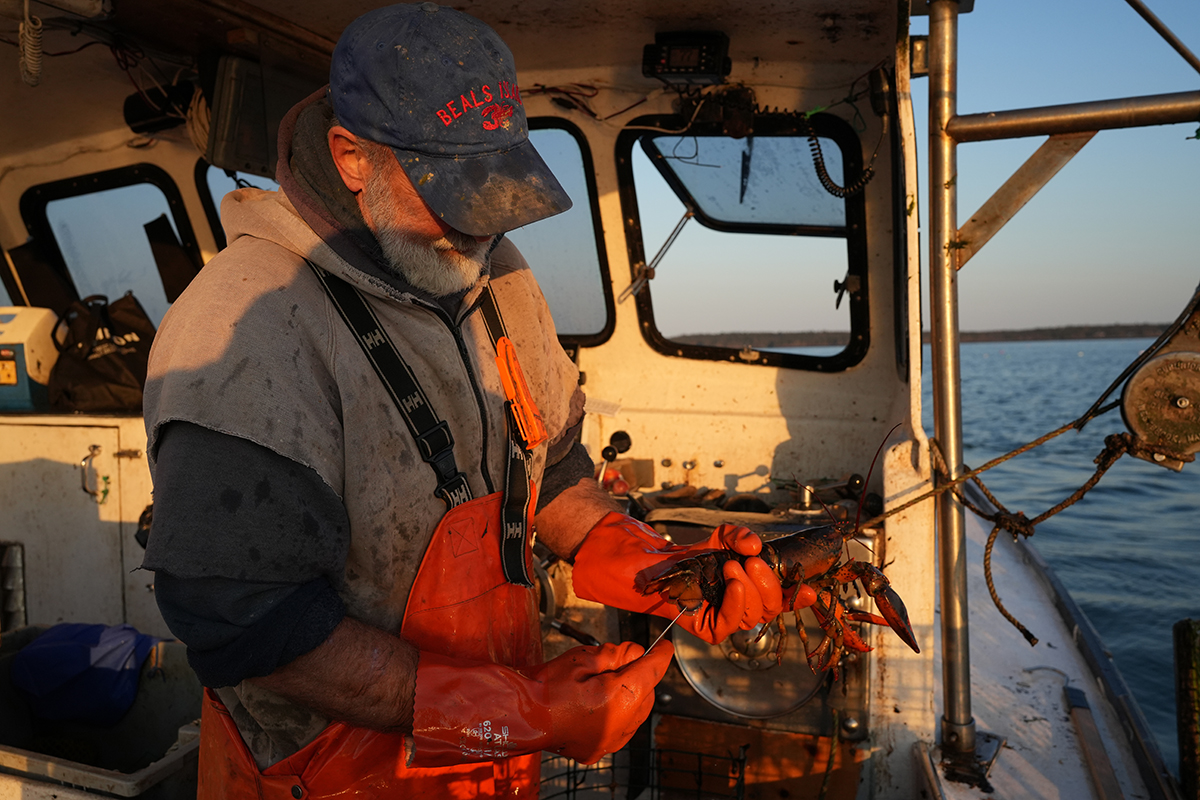
The soft colors of the traps looked great with Beal’s bright clothing. This drew the viewer’s eye to the main focus.
This principle is especially useful when shooting portraits or action shots. Look for backgrounds that provide context while remaining clean and uncluttered. If the scene is busy, adjust your angle or use a shallow depth of field to isolate your subject.
TIP 3: Make Your Subject Stand Out
A powerful photograph directs the viewer’s attention immediately to the subject. Whether through composition, color, or focus, your subject should command the frame.
Gerrity’s image of Glenn Beal hauling in a lobster trap is a perfect example. The scene’s composition places Beal at the center, with the lines of the boat and ropes naturally guiding the eye toward him. The vibrant orange of his gloves and rain gear pops against the blue-gray tones of the ocean and sky.
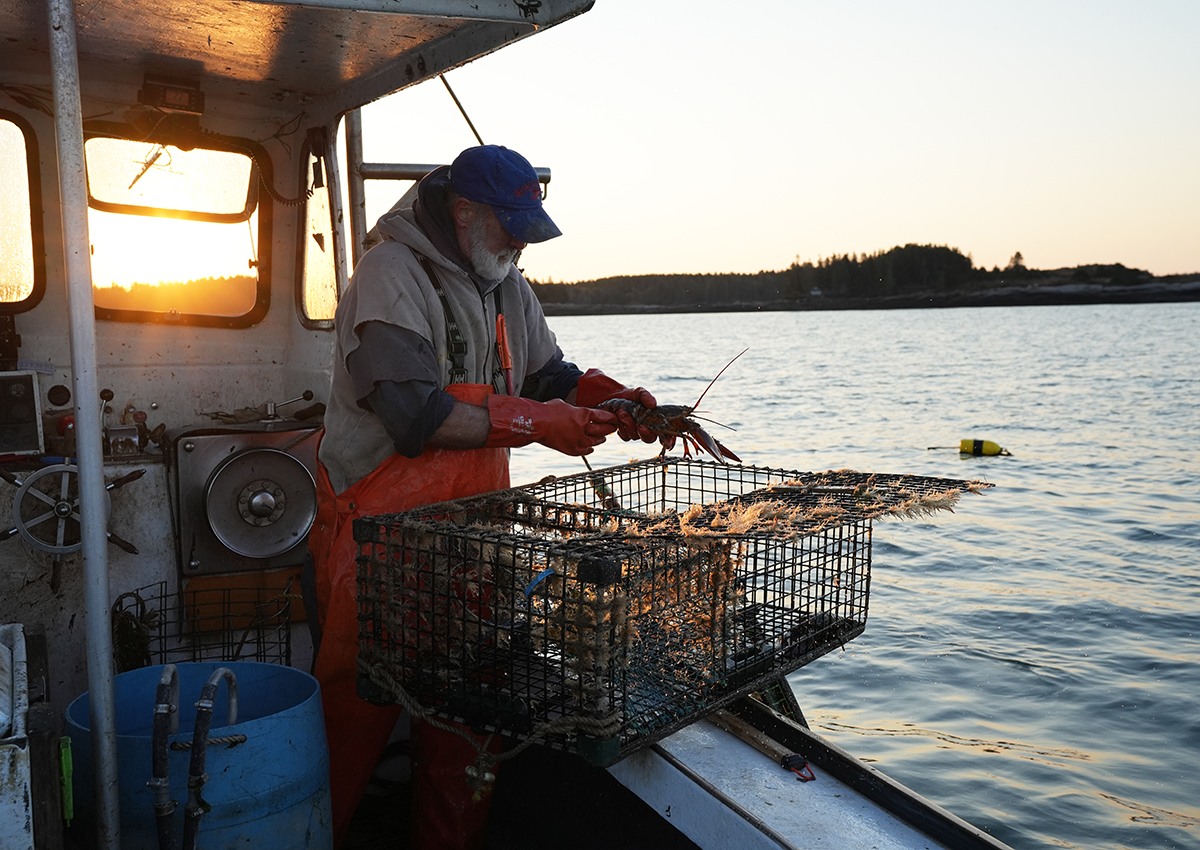
To achieve this effect in your own photography, think about what you want your audience to notice first. Use leading lines, contrast, and framing techniques to keep your subject prominent in the frame. A well-placed splash of color or an area of sharp focus can make all the difference.
TIP 4: Always Be Ready
One of the hallmarks of a great photojournalist is the ability to anticipate moments. Gerrity stresses the importance of being ready to capture natural expressions and spontaneous interactions.
“Listen to your subject, relax, and stay alert,” he says. “That’s when you’ll capture their true essence.”
While photographing Beal, Gerrity paid close attention to his rhythm and movements. This helped him predict moments to capture. For example, Beal’s focused look as he steered the boat or his smile while sharing a fishing story.
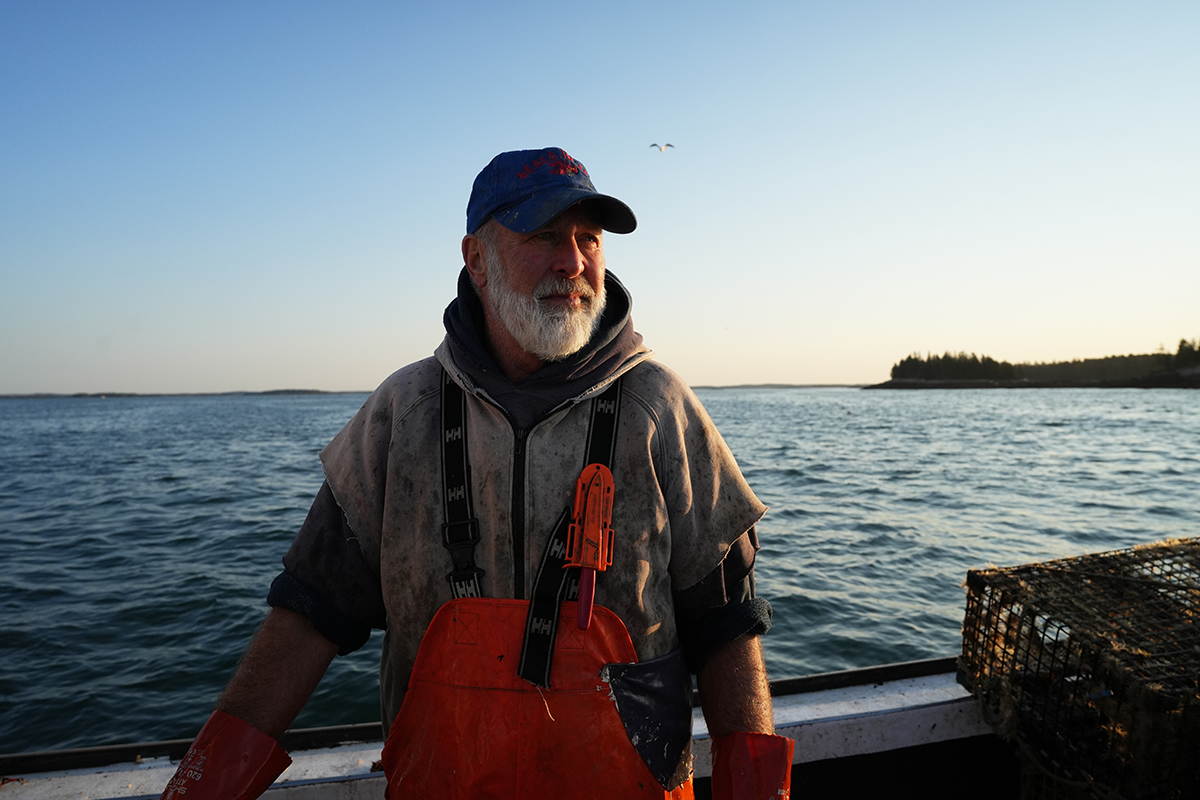
This tip requires both technical and emotional readiness. Keep your camera settings dialed in for the environment you’re working in and stay engaged with your subject. Often, the best shots happen in fleeting moments that don’t give you time to adjust.
TIP 5: Be Genuine
Photography is as much about connection as it is about technique. Gerrity’s fifth and perhaps most important tip is to be genuine. “Your subject can sense your emotions. Caring makes all the difference,” he explains.
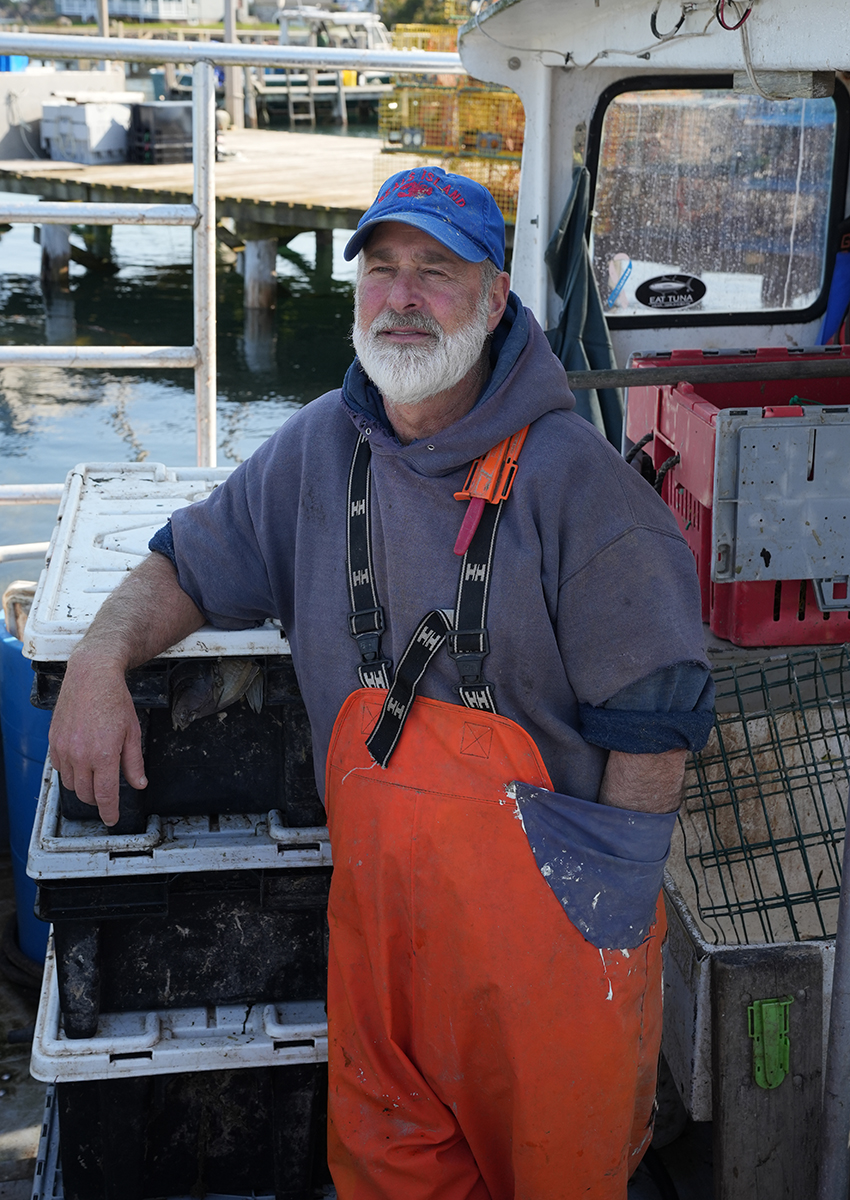
When photographing Glenn Beal, Gerrity learned about his life and work. This helped them build a connection. As a result, the images became more authentic. This trust allowed Beal to relax in front of the camera, resulting in candid shots that felt intimate and real.
Whether you’re photographing a lobsterman, a family member, or a stranger, a good photojournalist approaches the process with sincerity and respect. Show an interest in your subject’s story and let your compassion shine through. This human connection often leads to the most powerful photographs.
Selecting the Right Lens for Photojournalism
The right lens can significantly impact the quality and versatility of your documentary photography. For Rick Gerrity, two zoom lenses stand out as essential tools for photojournalism: the full-frame Tamron 20-40mm, 28-75mm G2 and the 35-150mm F2-2.8.
The Tamron 20-40mm F/2.8 Di III VXD is ideal for photojournalism, offering a versatile zoom range for both wide-angle context and detailed standard range shots. Its fast f/2.8 aperture excels in low light and creates beautiful subject isolation.
The Tamron 28-75mm F/2.8 Di III VXD G2 is a flexible and lightweight zoom lens. The lens is great for many situations, from wide scenes shots to close-up portraits. Its sharpness and portability make it a great choice for photojournalists. They need to move quickly and adapt to changing conditions.
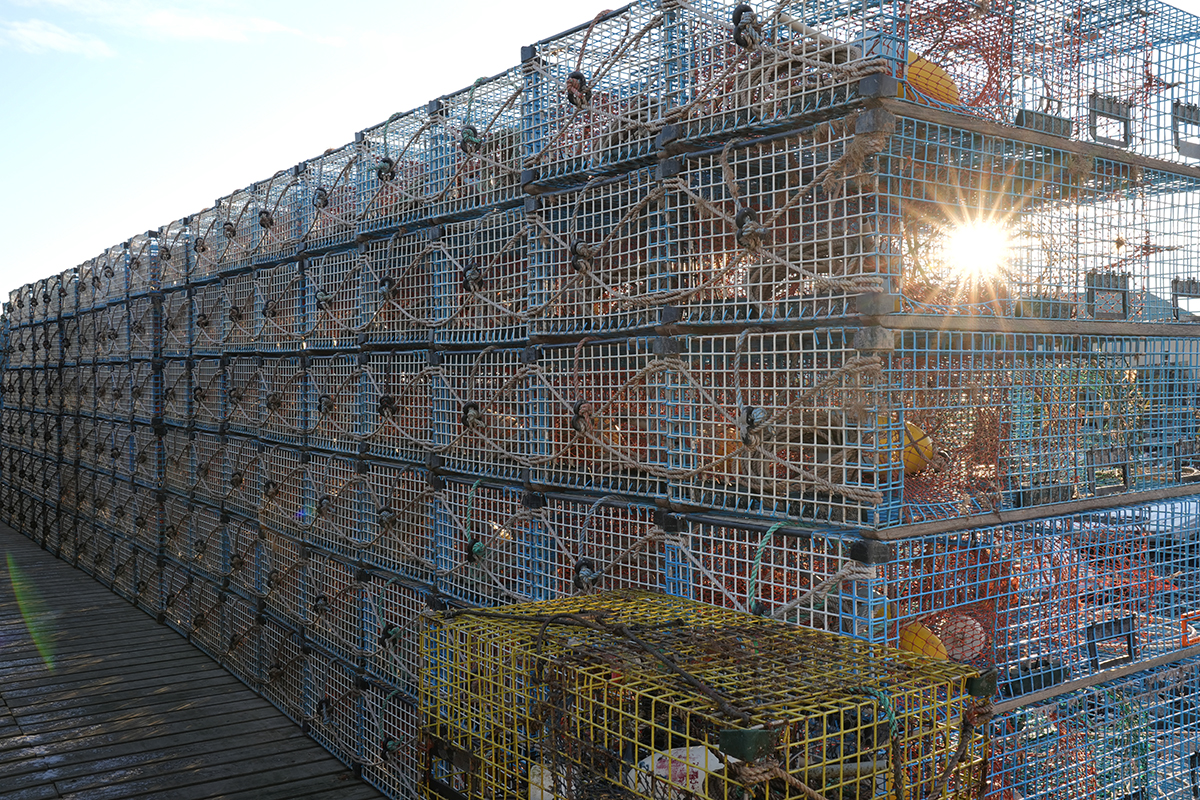
The Tamron 35-150mm F/2-2.8 Di III VXD, on the other hand, is a powerhouse lens designed for flexibility and low-light performance. This lens has a wide focal range and a fast aperture. It lets photographers take detailed close-ups, action shots, portraits, and behind-the-scenes images.
This lens is perfect for capturing moments with depth and clarity. This includes the subtle expressions of a person and the fine details of their surroundings.
By using these three lenses, Gerrity makes sure he is ready for many situations with the ability to capture candid moments, document wider environments, and create compelling portraits and detail shots. Selecting the right lens for the job let photojournalists focus on storytelling without limitations from their equipment.
Photojournalism Tips: Bringing It All Together
Rick Gerrity’s work in Beals, Maine, offers a masterclass in storytelling through photography. By focusing on dramatic light, keeping the background simple, emphasizing the subject, staying ready, and being genuine, he captured images that not only depict Glenn Beal’s life but also evoke an emotional response.
For aspiring photojournalists, these tips are a roadmap to creating images with impact. Photography is more than a technical skill; it’s about seeing the world with curiosity and empathy. Whether you are shooting in a small fishing village or your backyard, or even working to master street photography, let these principles guide you and you will find a good story worth telling.
Learn more about Beals, Maine here.
About Rick Gerrity
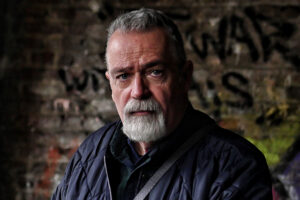
Rick has been a professional advertising and documentary photographer for 45 years, with his work published worldwide. His impressive client list includes renowned brands such as BMW, IBM, Panasonic, Sony, and Samsung. Rick is currently a member of the National Press Photographers Association. Learn more about his work at rickgerrityphotography.com.

